5 Places Where Penguins Live (& Best Times to See Them There)
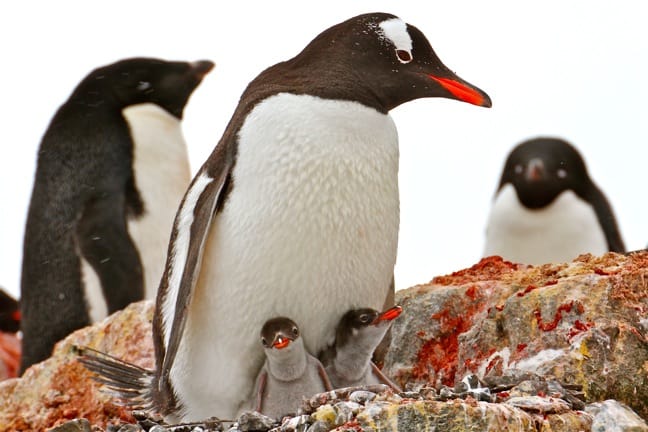
Original content owned & copyrighted by Green Global Travel.
Penguins are one of the most popular animals on the planet, and have been overly since movies like March of the Penguins and Happy Feet came out in 2005-2006.
But how much do you know well-nigh these minion flightless birds? Do you know where penguins live, what they eat, how fast they can swim, or that they stage when increasingly than 60 million years?!
The 17 variegated species of penguins can be found on every continent in the Southern Hemisphere– Africa, Antarctica, Australia and South America.
While most people socialize these funny flightless waterfowl with the unprepossessed climate of Antarctica and the sub-Antarctic islands, they’re moreover seen as far north as the coasts of Namibia, Brazil, and the Galapagos Islands.
Read on for a squint at the wholesale variety of places virtually the world where penguins live, as well as the weightier times of year to see them there…
READ MORE: 30 Tomfool & Weird Ocean Animals Virtually the World
Where Do Penguins Live Guide
- Antarctica & The Antarctic Islands
- Australia/New Zealand
- Argentina/Chile
- Galapagos Islands
- South Africa
READ MORE: 70 Tomfool & Weird Animals Virtually the World (An Epic Guide)

1. ANTARCTICA & THE ANTARCTIC ISLANDS
If you’ve overly seen March of the Penguins, you probably imagine the penguins of Antarctica all huddled together is massive colonies to shield their eggs from a blinding blizzard.
While that’s certainly a reality of life for some penguin species, it’s much easier for travelers to visit them during the Antarctic summer, when daytime temperatures often get into the 40s.
Antarctica is home to four variegated species of Penguin, each of which has their own preferred habitat.
Emperor Penguins typically successors on pack ice and shelf ice (usually between the 66° and 77° south latitudes). But several tastefulness colonies have been found on land in recent years, including one at Amundsen Bay and flipside at Taylor Glacier in Victoria Land.
Chinstrap Penguins, Gentoo Penguins, and Adelie Penguins are all closely related and wontedly seen.
Look for them nesting on rocks relatively tropical to shore on both the mainland and numerous Antarctic and sub-Antarctic islands, including the Danger Islands, the Falklands, and South Georgia Islands.
The King Penguin is second only to the Emperor Penguin among the world’s largest penguins. They’re moreover one of the most plentiful penguin species, with an unscientific 2.3 million tastefulness pairs.
Though you won’t see them on the mainland, they can be found on sub-Antarctic islands such as South Georgia, the Kerguelen Islands, Crozet Island, Prince Edward Islands, and more.
READ MORE: PHOTO GALLERY: Penguins of Antarctica
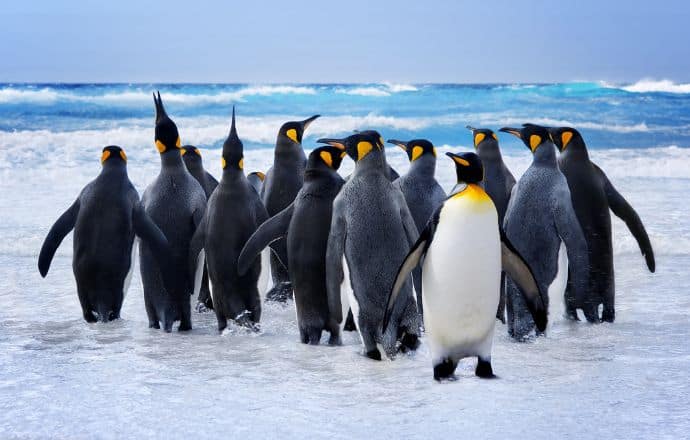
WHEN TO SEE PENGUINS IN ANTARCTICA
Because of their location in the lattermost southern part of the planet, the climate of Antarctica and the Antarctic Islands are relatively inhospitable to humans for the vast majority of the year.
But summer in the Southern Hemisphere, which lasts from December through March, finds daily upper temperatures soaring into the 40s (and occasionally plane the 50s).
The region gets scrutinizingly 24 continuous hours of daylight during this time, permitting plenty of time to explore the highlights of Antarctica.
The melting yonder of coastal ice makes shore landings considerably easier. It’s moreover a unconfined time to see victual penguin chicks at their fuzziest, snuggling versus their mom to sleep or feasting on regurgitated tidbits from her gullet.
Cruising Antarctica, South Georgia & the Falkland Islands allows you to see Gentoo, Magellanic, and Rockhopper Penguins in the Falklands; King and Macaroni Penguins in South Georgia; a massive Chinstrap Penguin colony on Elephant Island; and Adelie, Chinstrap, and Gentoo Penguins on the Antarctic Peninsula.
Of course, there will moreover be plenty of other Antarctic wildlife along the way, from Humpback Whales and Orcas and numerous species of seals to seabirds such as albatross, kelp gulls, giant petrels, skuas, and more.
READ MORE: 30 Antarctic Animals You Can See on an Antarctica Cruise
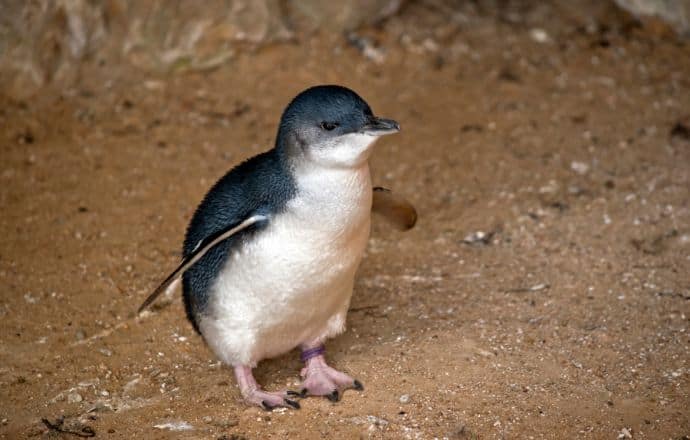
2. AUSTRALIA/NEW ZEALAND
Once you get yonder from Antarctica, most of the places where penguins live are rocky islands and dry, desert-like environments where their inability to fly doesn’t make them vulnerable to land-based predators.
Though most people think of Australia as dry and dusty, it’s moreover home to the Little Penguin, which is yearningly known locally as the Fairy Penguin due to its teeny size.
These winsome beauties can be found wideness the continent’s southern coast, including Sydney’s North Harbour, Tasmania, Victoria, and myriad nearby islands (including, naturally, Penguin Island).
In New Zealand, they’re tabbed Little Blue Penguins (or kororā among the Māori people).
New Zealand is moreover home to the Yellow-Eyed Penguin (mainland, Auckland, Campbell, and Stewart Islands); Fiordland Penguin (Open Bay, South, and Stewart Islands); and Snares Penguin (a crested species found only in the Snares Islands).
Royal Penguins– which have the colorful crest of a Macaroni Penguin, but a white squatter and chin– inhabit the waters all virtually Antarctica.
But they often only successors on New Zealand’s sub-Antarctic Macquarie Island, where you’ll find several hundred thousand mating pairs.
READ MORE: 20 Weird & Cute Australian Animals
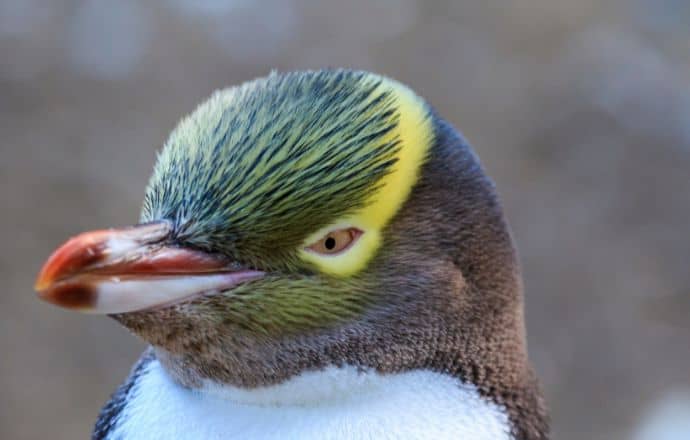
WHEN TO SEE PENGUINS IN NEW ZEALAND
The southern tailspin of New Zealand’s South Island may not be as unprepossessed as Antarctica, but temperatures can get as low as 14º Fahrenheit in winter (July is the coldest month).
So it’s weightier if you can plan your visit in January or February, the warmest months in the southern hemisphere. The stereotype temperature then is virtually 48º, with highs often reaching into the 60s.
When you’re packing, remember New Zealand can have four seasons in one day. Though temperature variations during the day aren’t typically extreme, the weather can transpiration quickly with unprepossessed fronts or upper winds self-glorification in.
Expeditions to the Sub-Antarctic Islands of New Zealand often explore South Island highlights such as Fiordland National Park as well as the Aucklands, Campbell, Macquarie, the Snares, Stewart, and more.
Travelers can hope to see colonies of Gengtoo, King, Rockhopper, and Royal Penguins, as well as theirs species such as Snares and Yellow-eyed Penguins.
READ MORE: 10 Awesome Australian Road Trips (For Your World Travel Bucket List)
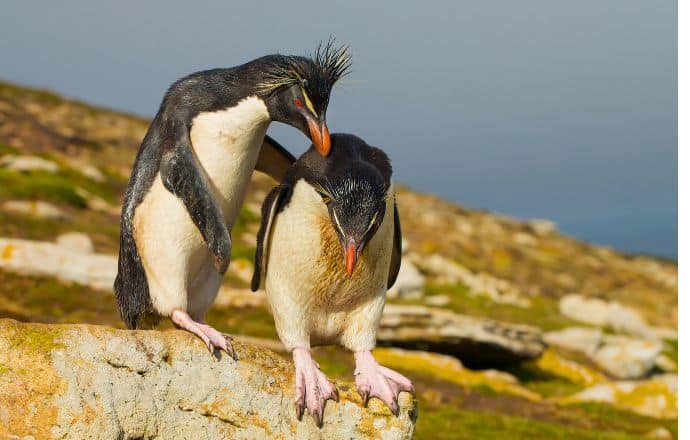
3. ARGENTINA/CHILE
The southernmost countries in South America– a.k.a. Patagonia– are home to four variegated penguin species.
Humboldt Penguins (a.k.a. Peruvian Penguins) are found on the continent’s west side, from Chile all the way up to the tailspin of Peru. They’re named without the unprepossessed water current in which they swim (which was named for explorer Alexander von Humboldt).
You can identify them by the white verge that runs from overdue their vision and virtually their ear-coverts, joining at the throat. They’re closely related to Magellanic Penguins, with whom they share some range.
Named without the famous Portuguese explorer, Magellanic Penguins have a massive range that extends from southern Chile and Argentina to the Falkland Islands and as far north as Rio de Janeiro, Brazil.
You may spot them swimming in large flocks, diving up to 50 meters to feed on cuttlefish, squid, krill, and other crustaceans. You’ll moreover like see vast tastefulness colonies, with nests well-nigh 5 meters untied under bushes or in burrows.
The Southern Rockhopper Penguin, one of two Rockhopper subspecies, is the smallest of the crested penguins. They’re typically found on the islands off the coasts of Argentina and Chile as well as the Falklands.
(Their Eastern Rockhopper cousins are found on the subantarctic islands, including the Aucklands, Campbells, Crozets, Prince Edward, and Macquarie.)
The King Penguin is most wontedly associated with the sub-Antarctic islands. But there’s moreover an impressive colony in Tierra del Fuego, where they have their own protected sanctuary (Pingüino Rey Park).
READ MORE: The 20 Weightier Things to Do in Patagonia (South America)
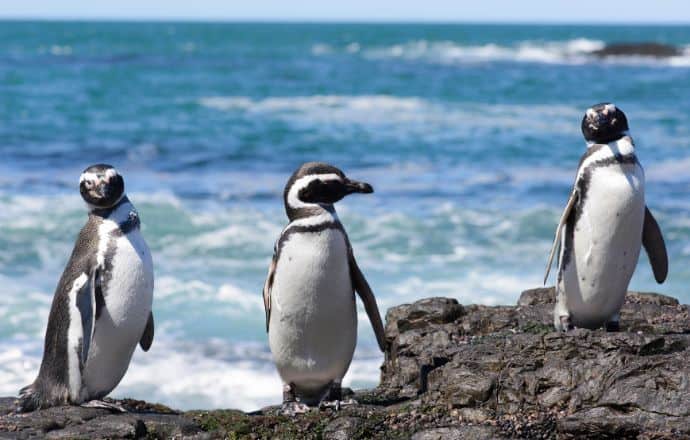
WHEN TO SEE PENGUINS IN PATAGONIA
As with Antarctica and Australia, summer (December through March) is arguably the weightier time to visit Argentina and Chile.
It can still get lanugo to freezing temperatures at night, but days are mostly sunny with occasional gusts of strong wind. The remoter north you go into Patagonia, the warmer it usually is in the spring and storing months.
Some eco-tour companies offer Patagonia expeditions that visit Torres del Paine National Park, Tierra del Fuego, and navigate the Strait of Magellan. You’ll likely see a King Penguin colony, a Magellanic Penguin colony, and myriad other bird species withal the way.
Immersive Patagonia overlanding experiences may moreover include visits to the wieldy King Penguin colony at Parque Pinguino Rey, as well as a wend ride to the famous Magellanic Penguin rookery on Magdalena Island.
READ MORE: The 20 Weightier Places to Visit in South America
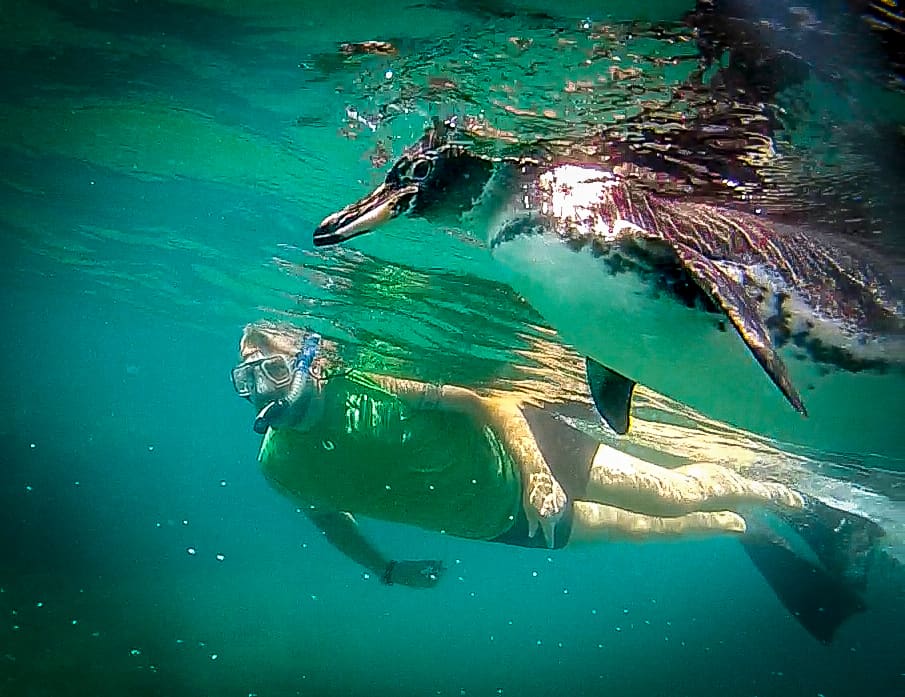
4. GALAPAGOS ISLANDS
Located some 850 miles from mainland Ecuador, the Galapagos Islands is one of the only places in the world where travelers have a fairly decent endangerment to swim with penguins.
Though they’re the most rare and endangered penguin species on the planet, you’re virtually guaranteed to see Galapagos Penguins on the western islands of Fernandina and Isabela (especially virtually Tagus Cove).
But you may moreover see small populations on Floreana, northern Santa Cruz, and Santiago Island. You’ll usually see them sunning themselves on the shore, or shooting like rockets underwater in search of a snack.
My favorite encounter came during a trip off the tailspin of Bartolome, which is home to Pinnacle Rock. A pair of curious penguins hopped into the water abreast our group of snorkelers, and swam with us for 20 minutes!
If you do get an opportunity to go swimming with Galapagos Penguins during your visit to the islands, you’re VERY lucky: Our local guide said it had only happened to her once in 17 years of working in the archipelago!
READ MORE: 30 Amazing Galapagos Islands Animals
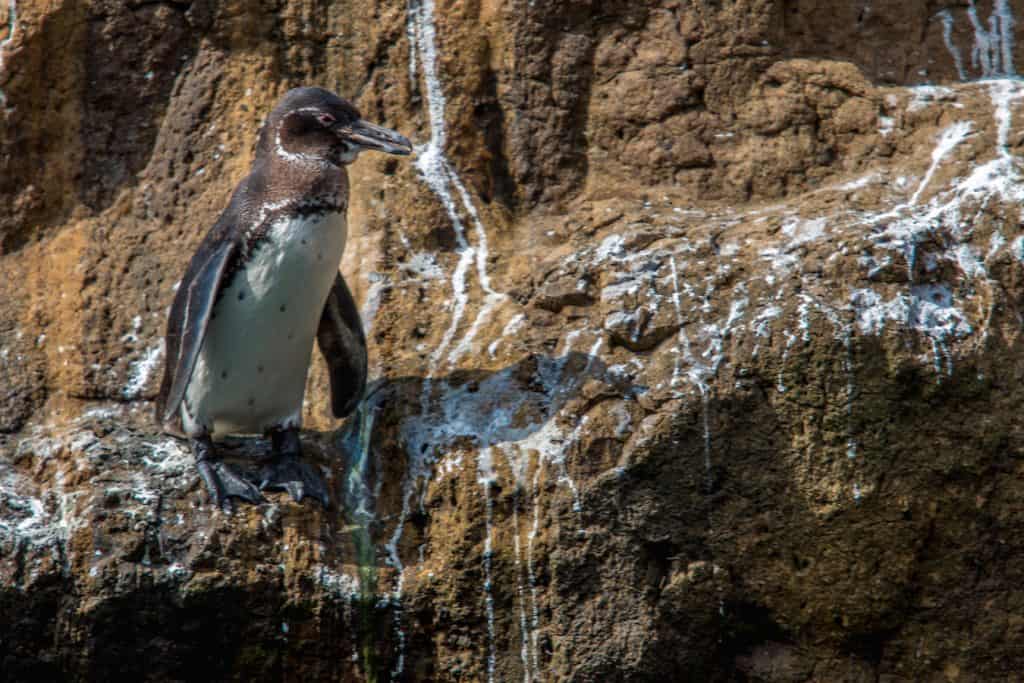
WHEN TO SEE PENGUINS IN THE GALAPAGOS
Of all the places in the world where travelers can hope to see penguins in the wild, the Galapagos Islands is the one where weather considerations are not a major factor.
Due to its location on the Equator, the archipelago is fairly warm all year round, with upper temperatures in the 70s to 80s and lows rarely dipping unelevated 65º.
But if you want to swim with Galapagos Penguins, consider the water temperatures. They’re at their lowest– averaging 70-71º– from July through September, with an stereotype of 76 to 77º from January through April.
But plane when the water is cool, most snorkeling tours come with insulated wetsuits to ensure your comfort.
Many tours of the archipelago Darwin made famous include daily snorkeling opportunities. And with stops at Isabela, Fernandina, and Bartolome, you’re virtually guaranteed to see the world’s rarest penguins!
READ MORE: Galapagos Birds: 25 Spectacular Species You Can See on a Galapagos Cruise

5. SOUTH AFRICA
When most people think of South Africa, they tend to think of Nelson Mandela, Big 5 wildlife safaris, and the scenic wine country virtually Cape Town.
But the country’s coastlines are moreover home to the African Penguin, which has wilt increasingly popular with tourists in recent years.
Their habitat spreads all the way virtually the southern tailspin from Algoa Bay, near Port Elizabeth, up to northern Namibia, with colonies on both the mainland and 24 variegated islands (including the Penguin Islands).
Boulders Beach, near Simon Town, is one of the weightier places to see them. And considering the colony is habituated to human presence, it is moreover possible to swim with penguins there.
Sadly, like its Galapagos cousin, the African Penguin is currently endangered due to exploitation, oil spills, and depletion of their favorite prey, anchovy and sardines.
Their total population is lanugo from 1.5 million in the early 20th century to just over 50,000 today. So, if you do see these penguins in the wild, please be respectful and alimony your loftiness from their nests.
READ MORE: The 20 Safest Countries in Africa to Visit
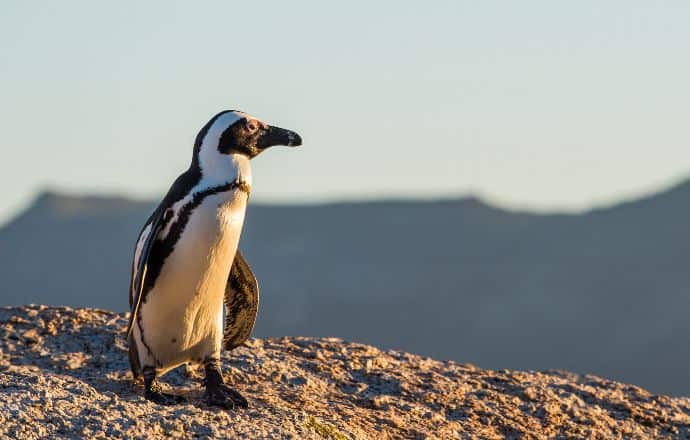
WHEN TO SEE PENGUINS IN SOUTH AFRICA
Much like the Galapagos, South Africa’s weather is often good no matter what time of year you segregate to visit.
Temperatures in Kruger National Park during the dry season (April to September) range from the upper 40s at night to the mid-80s during the day. But June is the coldest month in Cape Town, with stereotype temperatures of 55º.
If you want a endangerment of swimming with African Penguins on the country’s southwest coast, visit in February (the hottest month, with an stereotype temperature of 73°) or late August/September, when highs are in the low 70s.
Some South African eco-tours take visitors all wideness the continent’s southernmost country, from Cape Town east to Tswalu Kalahari Game Reserve and the traditional safari wits of Timbavati Game Reserve.
Look for one that includes a visit to the African Penguin colony at Stoney Point, as well as the “oceanic Big 5” at Walker Bay in Gansbaai. –Bret Love
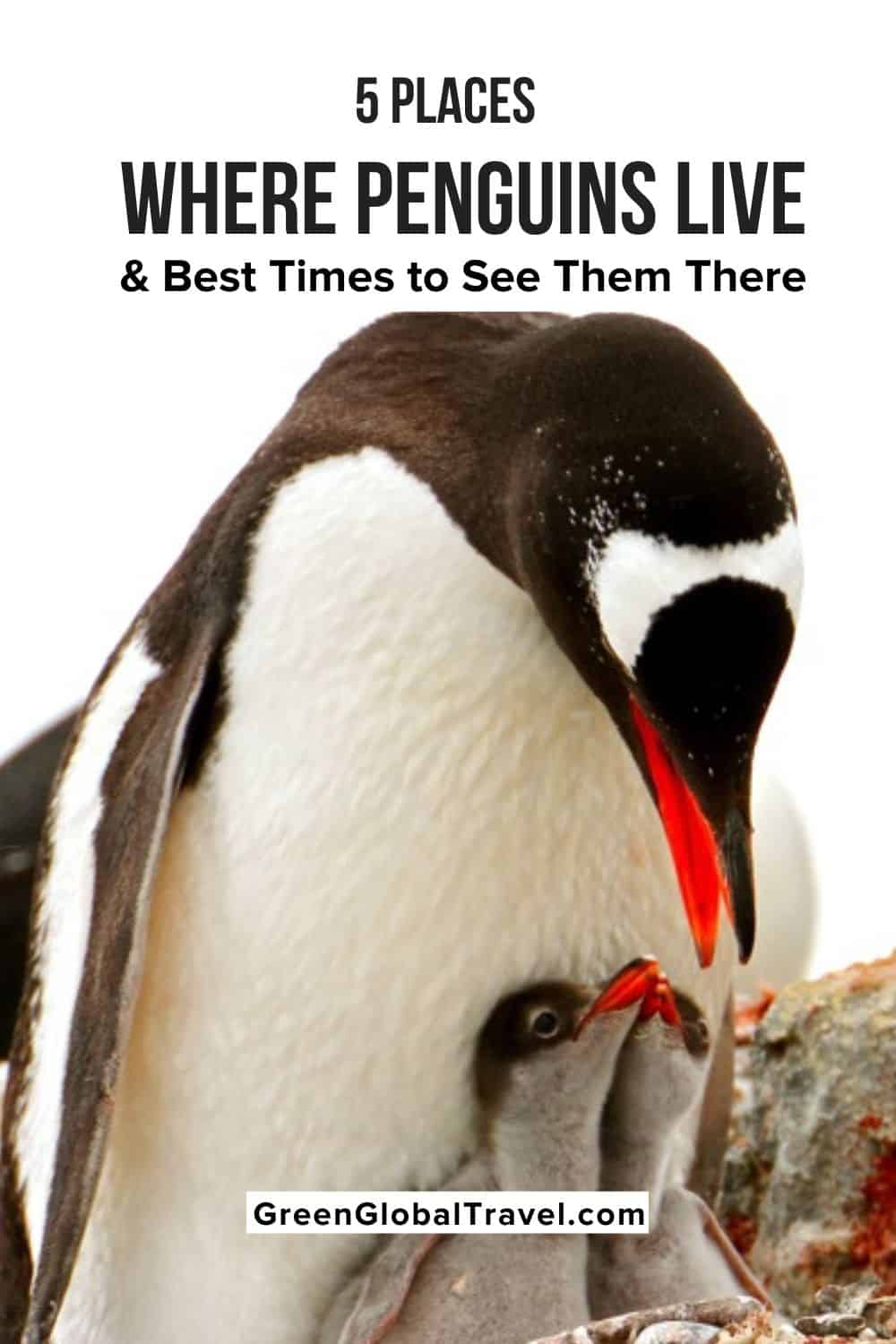
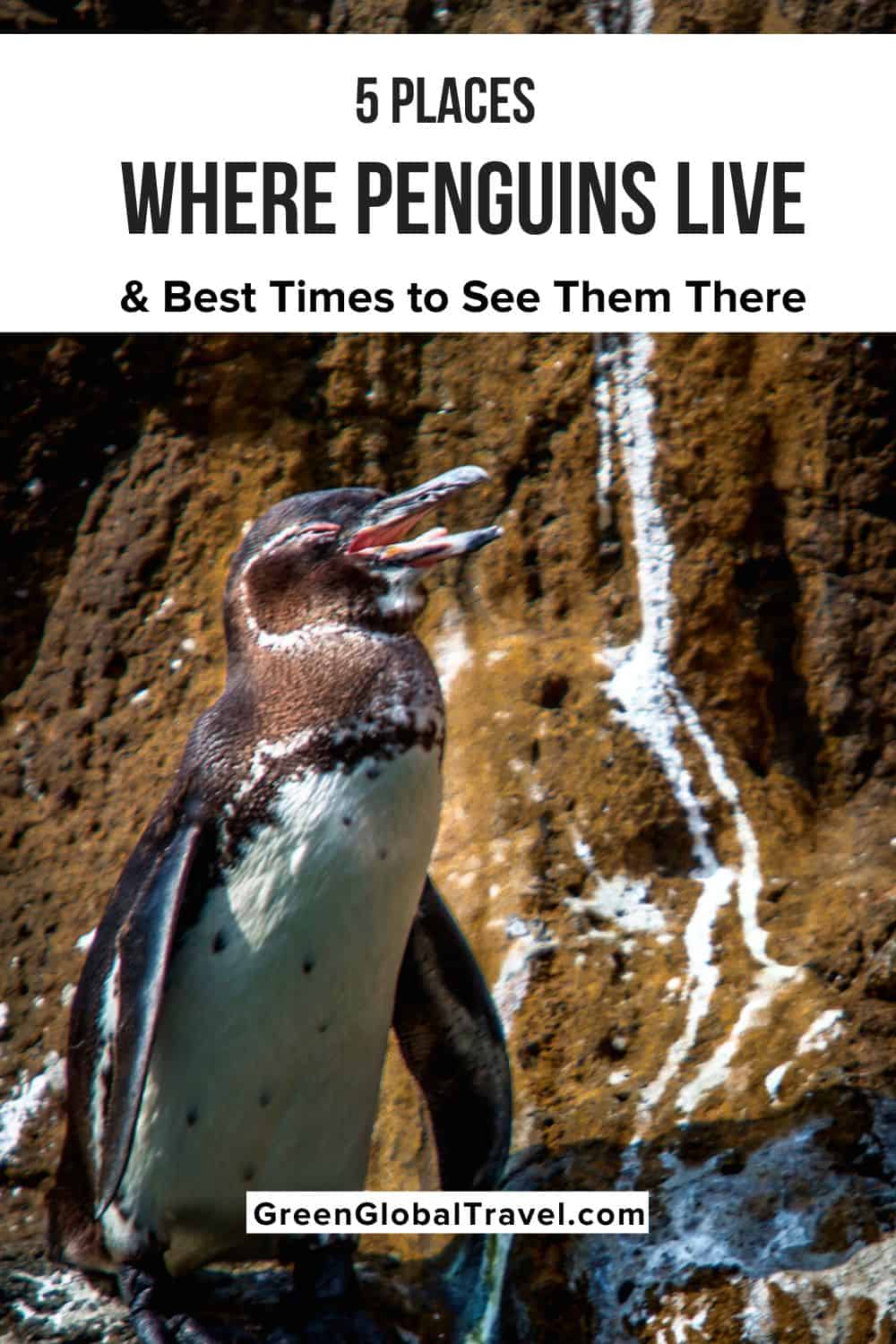
The post 5 Places Where Penguins Live (& Weightier Times to See Them There) appeared first on Green Global Travel.


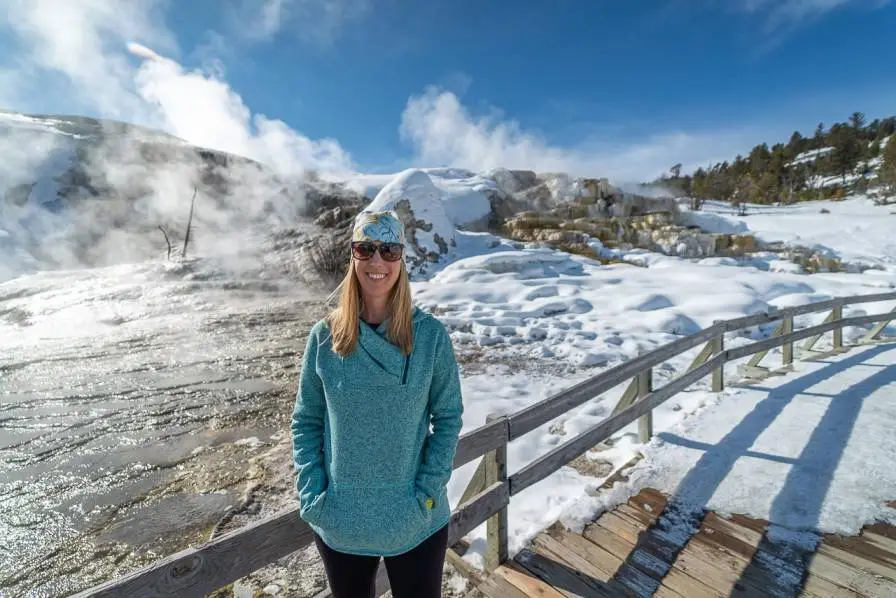

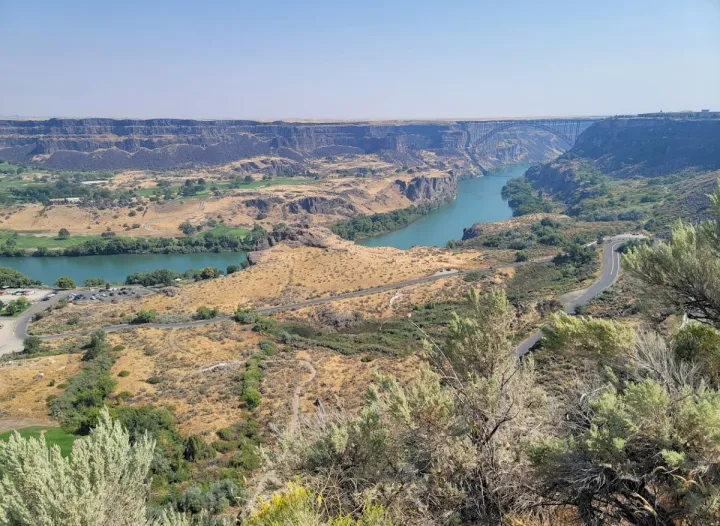


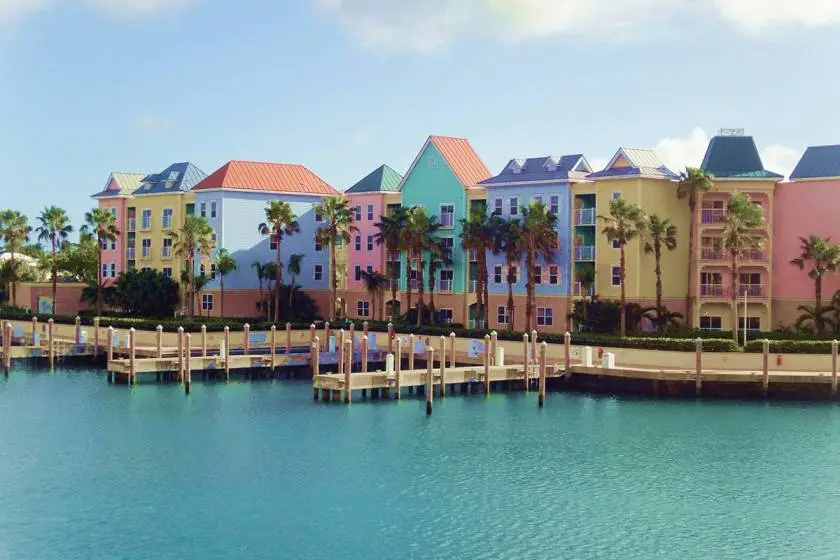

.jpg)
.jpg)

.jpg)
.jpg)